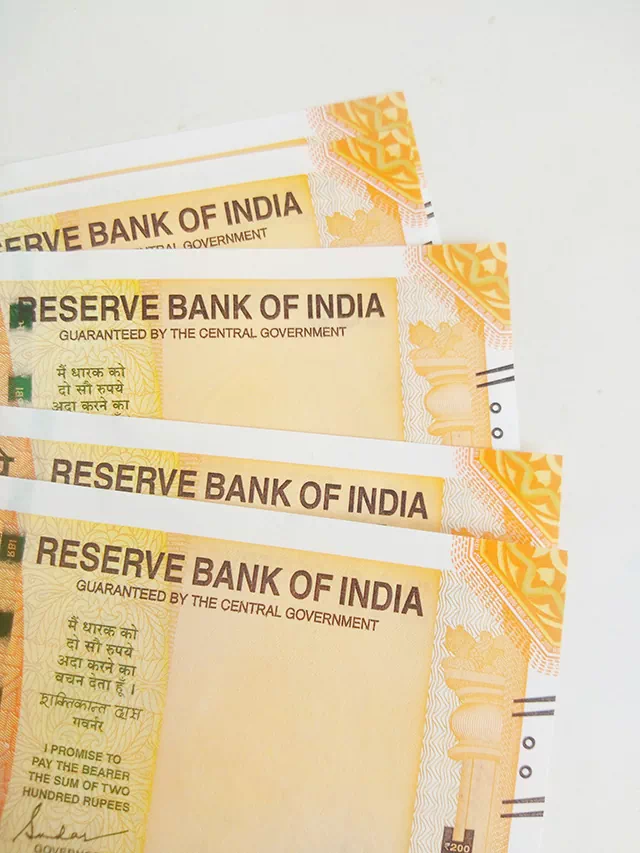A CV, short for curriculum vitae, is a document that outlines a person’s education, qualifications, skills, and work experience. It is a crucial tool in the job search process as it serves as a first impression for potential employers. A well-written CV can increase your chances of getting an interview and ultimately, the job. The process of writing a CV can seem daunting, but by following a few basic steps, you can create a professional and effective document that will help you stand out from the competition.
Identify the purpose and audience of the CV
It’s essential to know the purpose of your CV, which is to showcase your qualifications, skills, and experience, and to persuade the employer to invite you for an interview. Knowing the audience for your CV, which is the employer or the hiring manager, will help you to tailor the content and design of your CV. This will enable you to highlight the most relevant information and make the CV more appealing to the employer.
Gather all necessary information
Before you start writing your CV, gather all the necessary information that you need to include in the document. This includes your employment history, education, skills, and achievements. Make sure to have all the dates, job titles, and names of the companies you have worked for. Also, gather all the information about your educational qualifications, including the name of the institution, the degree or certificate you earned and the year of completion.
Choose a format and template
There are several different formats and templates you can use to create your CV. The most common formats are chronological, functional, and combination. Each format has its own strengths and weaknesses, and you should choose the one that best suits your needs. Chronological format is suitable for those with a steady work history, functional format is useful for those with a gap in their work history and combination format is a blend of both. Templates are useful as they provide a structure and a professional look to your CV.
Write a clear and concise headline or summary statement
A headline or summary statement is a short, attention-grabbing sentence that highlights your qualifications and experience. This statement should be written in a way that captures the employer’s attention and highlights the most relevant information to the job you are applying for. Make sure it is clear, concise, and prominently placed at the top of the CV.
Organize the information in reverse chronological order
Organize your CV in reverse chronological order, starting with your most recent experience. This will help the employer understand your career progression and your most recent experience. It’s also important to organize your CV in a logical and easy-to-follow manner.
Tailor the CV to the specific job and company
Tailoring your CV to the specific job and company is critical. This means highlighting the skills, qualifications, and experience that are most relevant to the position. You can do this by researching the company and the job, and by using keywords from the job description in your CV. This will help to make the CV more appealing to the employer.
Use strong action verbs
Use strong action verbs to describe your responsibilities and accomplishments. This will help to make your CV more dynamic and interesting to read. Examples of strong action verbs include “managed,” “led,” “created,” “improved,” and “achieved.”
Include relevant education, skills, and certifications
Include any relevant education, skills, and certifications that you have obtained. Make sure you list the name of the institution, the degree or certificate you earned, and the date you completed the course. This will help to demonstrate your qualifications and skills to the employer.
Proofread and edit
Proofreading and editing your CV is essential to ensure that it is free of grammar and spelling errors. This will help to make sure that your CV is professional and easy to read. You can proofread your CV yourself or ask a friend or family member to review it for you.
Save the CV in a suitable format
Saving the CV in a suitable format, such as PDF, is important as it will ensure that it looks professional and can be easily shared. PDF format is widely accepted by most employers, and it also ensures that the formatting and layout of the CV will remain consistent, regardless of the device or software used to open it. Additionally, make sure that the file name is professional and relevant.
Conclusion
Creating an effective CV is a crucial step in the job search process. By following the basic steps outlined above, you can create a professional and compelling document that showcases your qualifications and experience. Your CV should be a clear and concise representation of your skills and qualifications, tailored to the specific job and company you are applying for. Remember to proofread, edit and save your CV in an appropriate format. Keep it up to date and make sure to have multiple versions of it ready for different types of job opportunities.



